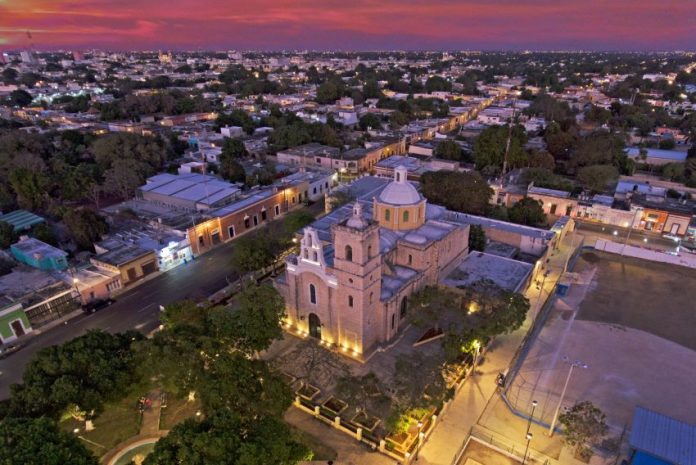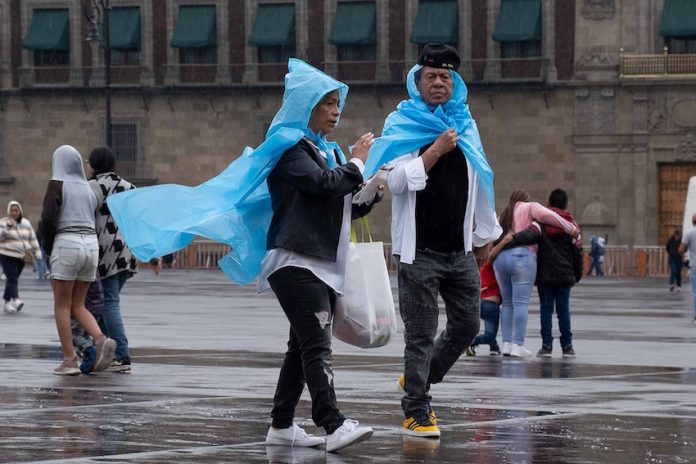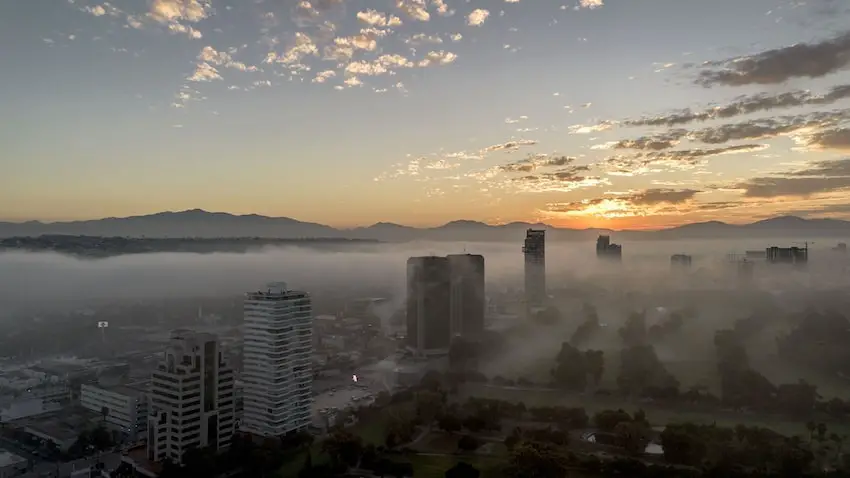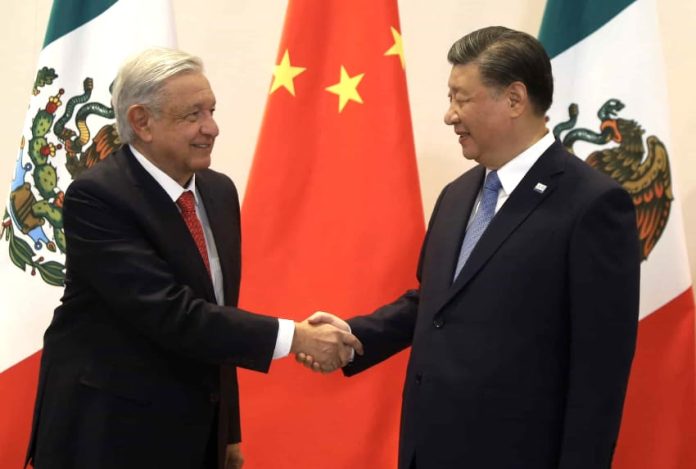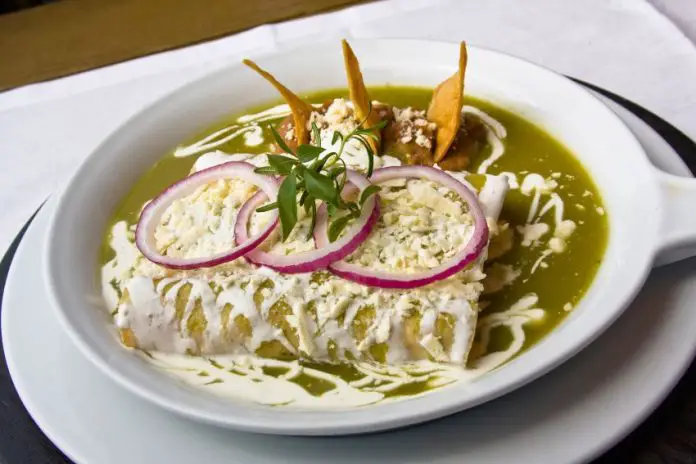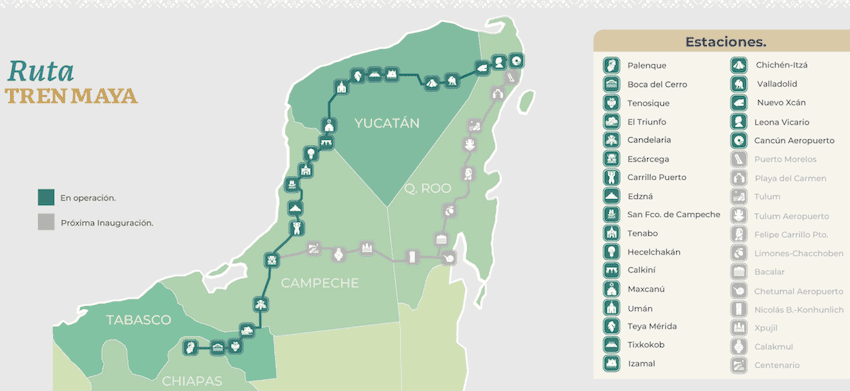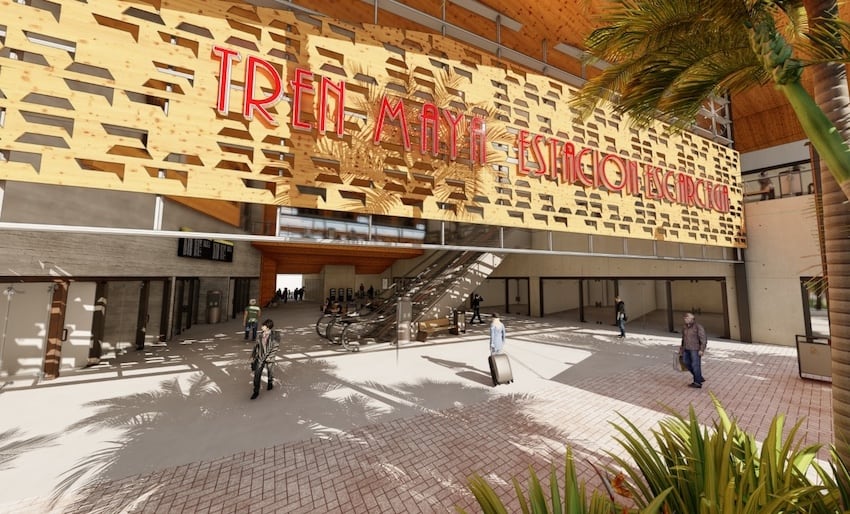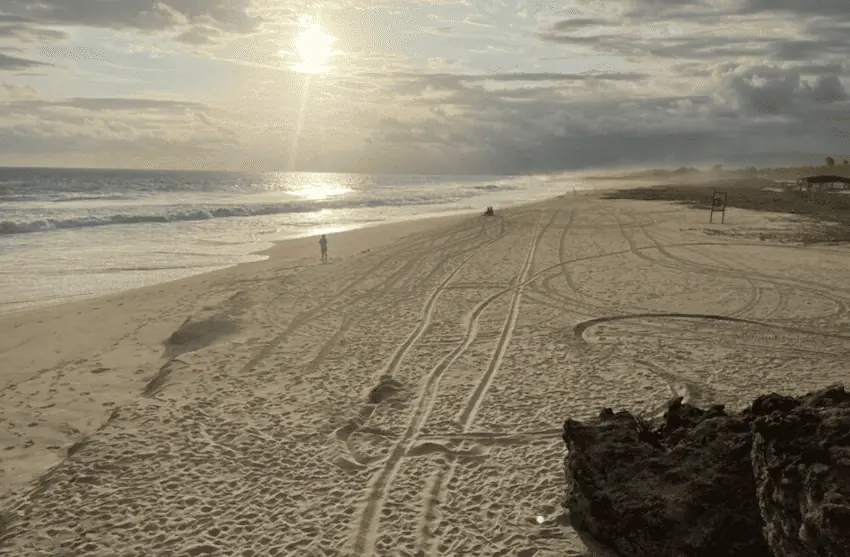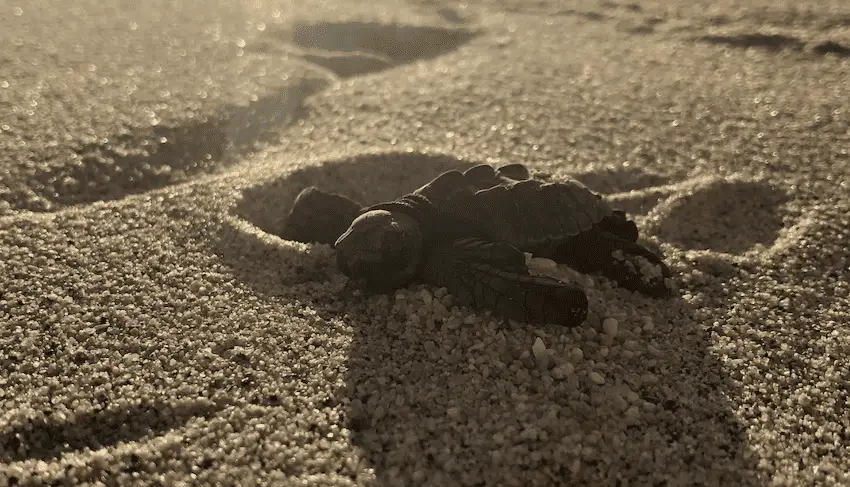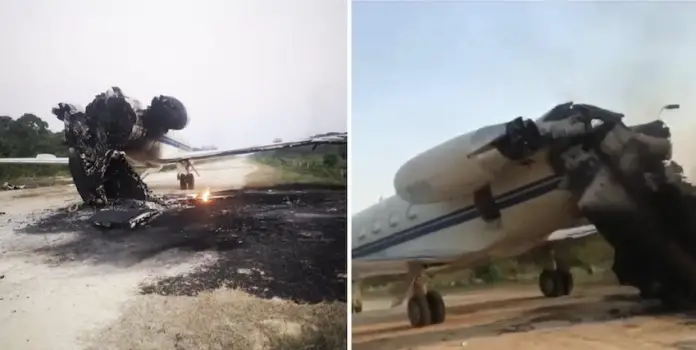Whether basking in the sun on world-class beaches along the pristine Gulf of Mexico coastline, diving into the depths of crystal-clear cenotes, or visiting breathtaking ancient Maya archaeological sites, Yucatán has something to offer every tourist. Its low crime rate and secure environment has meant the Caribbean state topped the list for many searching for stress-free travel in 2024. Its charming history and mystical Maya traditions provide an alternative to typical vacations in the Caribbean — one that focuses more on cultural exploration rather than explosive party scenes.
The state capital, Mérida, has rapidly become a new tourist hub for Mexico, and over three million people visited the colorful colonial city in 2023 — a record-breaking year. According to Yucatán state Tourism Minister (Sefotur) Michelle Fridman, last July saw a 45 percent growth in the international market as well as nine percent more overnight stays than the previous year. Furthermore, the Maya Train and IE Tram megaprojects are estimated to have a significant impact on the number of visitors to the state in the future.
Why the United Nations supports travel to Yucatán
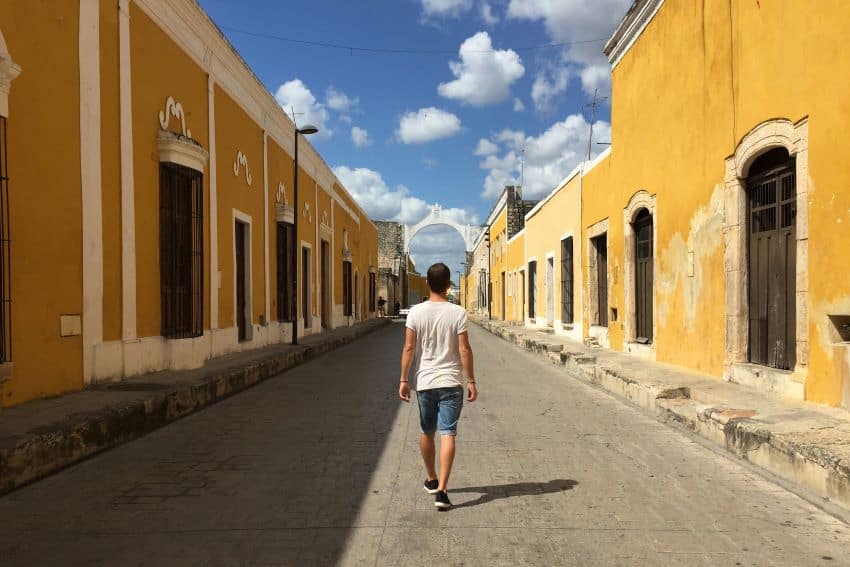
In 2023, the United Nations World Tourism Organization (UNWTO) welcomed Yucatán into its ranks, working closely with the state to develop innovative strategies for “rethinking” tourism. Under the umbrella of the International Network of Sustainable Tourism Observatories (INSTO), the program aims to help Yucatán manage tourism development responsibly and sustainably.
“In this time of rethinking tourism, measurement is increasingly important as it provides a better understanding of where a destination stands and where it wants to go,” said UNWTO Secretary-General Zurab Pololikashvili. “The INSTO network provides an opportunity to work together to ensure that tourism is a tool that contributes to sustainable development. We are very pleased to welcome Yucatán as a new member.”
How safe is Yucatán compared to the rest of Mexico?
When it comes to safety, Yucatán appears to tick all of the boxes. It has one of the lowest overall crime statistics in the country, which includes a homicide rate more than 90% below the national average. Speaking to Bloomberg in May 2023, Governor Mauricio Vila said the results reflect Yucatán’s solid pay structure for local law enforcement instead of a reliance on the heavily armed National Guard.
“Yucatán helps police with housing, health care, and university grants for their children, among other benefits that aren’t standard in Mexico,” Vila said. “This allows officers to see the force as a solid long-term career, which makes them more reliable.”
The state governor also said that Yucatán boosted its security budget by more than 60% since he took office at the end of 2018, and as a result, the murder rate fell by 19% last year alone. As a result, 2022 saw just 39 murders in the state — fewer per capita than any U.S. state except New Hampshire and Maine.
Is Yucatán safe for tourists?
Vibrant cities with high tourism levels such as Mérida, Valladolid and the beach town of Progresso have worked hard to ensure the safety of visitors, including the creation of a dedicated tourist police force. Speaking in 2022, Mérida Mayor Renán Barrera Concha told The Yucatan Times the force provides guidance and surveillance to protect tourists during their stay. He said investment and growth in the tourism sector have led to improvements in the way visitors are attended to, with added tourist police in historic centers. Concha says the friendly officers not only protect tourists during their stay in the city but also promote guided tours, restaurants and services across the state.
The great Yucatán real estate boom
The state’s low crime rate and burgeoning tourism have helped inspire a property surge, attracting investors from around the world to the sunny state in southeast Mexico.
The number of people living in Yucatán has grown by a fifth over the last decade, compared to 12 percent for the country as a whole. Migration from other states has become more common alongside international interest in holiday homes and long stays, which has prompted a buy-to-let market using platforms like Airbnb.
According to MZT Real Estate’s 2022 report, houses in Mérida have an average cost of 3,886,946 pesos and 19,174 pesos per month for rent, while apartments are approximately 2,900,619 pesos, or a monthly rental of 12,065 pesos.
The reputation Yucatán has established in recent years as a visitor-friendly state with well-run facilities and archaeological wonders is now bearing fruit. The statistics prove the southeastern state is one of the safest places in Mexico to visit or live in and as a result, visitors are flocking in their millions to experience the high-quality tourist experiences on offer — with their minds at ease over any security concerns.
Mark Viales writes for Mexico News Daily.
